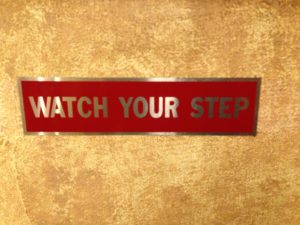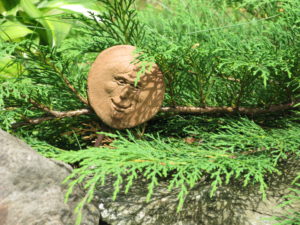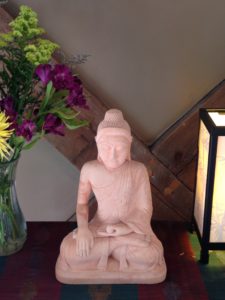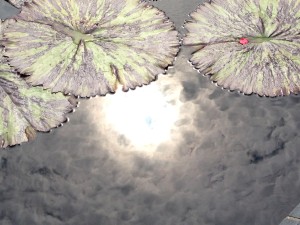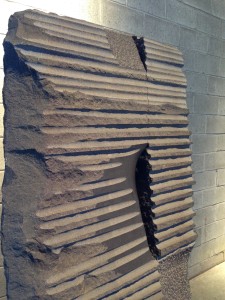Our World Views are closely tied to our perspective on reality. We really do go through life believing that what we see as “real” is in fact real. That what I see, hear, taste, smell, feel is the same as what you and everyone else sees, hears, tastes, smells and feels. Somehow I think if that were true we wouldn’t be so preoccupied with our differences. We’d probably be much more accepting of each other
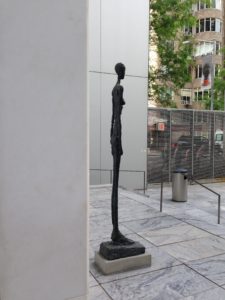 Each of us walking around in this shell of human skin. Each struggling to be the person we assume we were born to be. Consider how much time and energy is spent developing the individual personality that we hope will serve us through adulthood.
Each of us walking around in this shell of human skin. Each struggling to be the person we assume we were born to be. Consider how much time and energy is spent developing the individual personality that we hope will serve us through adulthood.
It takes a lot of effort to define an identity and to a large extent it is an individual identity. Even if we grow up in a culture with clearly defined roles and responsibilities. Within such a system we essentially create boundaries that separate those within from those outside. In that case, the differences of outsiders help solidify the identity of those within. It can be easier to know who you are by comparison to who you are not.
The clearer the demarcation between me and others not like me, the harder to imagine how it might be to be the other. It’s more comforting to live in the certainty of your own culture or belief or social system. After all, our ancestors’ survival benefited by staying connected to & accepted by the tribe we were born into. No going off on your own in those days – it wasn’t safe.
Fast forward to today. We still seek comfort in being with those who share our world view. This may be family and friends. Or a community sharing religious or political beliefs. Are we more relaxed when interacting with those who see, hear, taste, smell and feel within the same world view?
Perhaps the most powerful effect of living in this shared view is that it lends itself to a conviction that what “we” are seeing, hearing, tasting, smelling and feeling is the right or correct view of reality. By definition then those outside my circle of shared perceptions are living with an inaccurate view of reality. It’s not a big leap to go from there to attaching other judgments to those who are outside. They may be viewed as ignorant, stupid, dangerous, evil, deplorable. At the least they are unwelcome.
So here we are. And where do we go from here?
I wonder what it takes to be motivated to reach out beyond our boundaries. Is it necessarily a question of being dissatisfied or restless? Is it having a glimpse of the bigger picture? Or does it require the equivalent of a bolt of lightening to open our hearts to one another? Maybe we need to be more curious to appreciate what lies beneath appearances, but we can only do that if we are willing to expand our world view. How do we come to know that staying within our boundaries is often more of a risk than moving beyond them or allowing the outside in?

